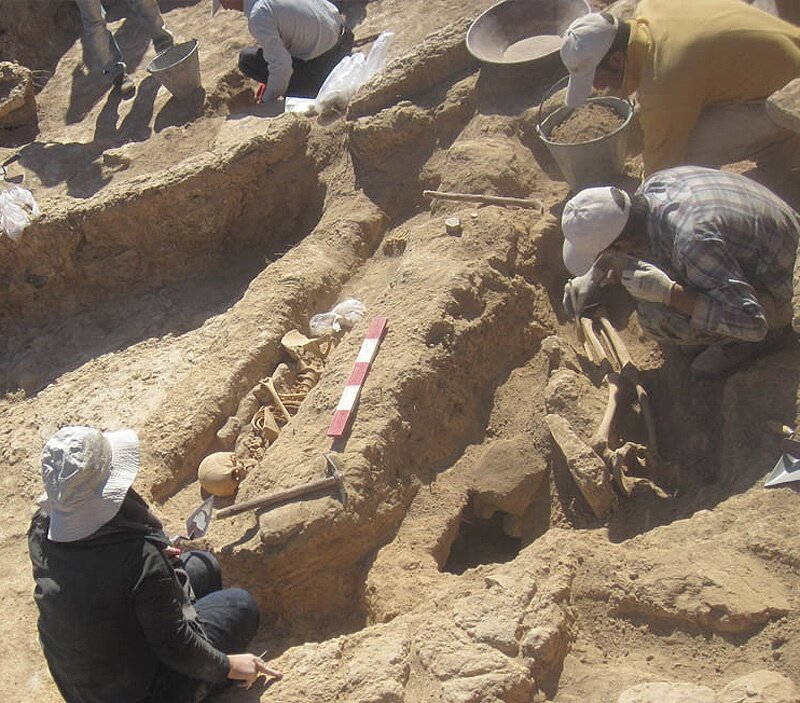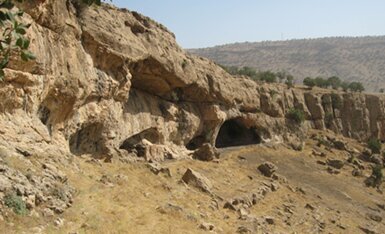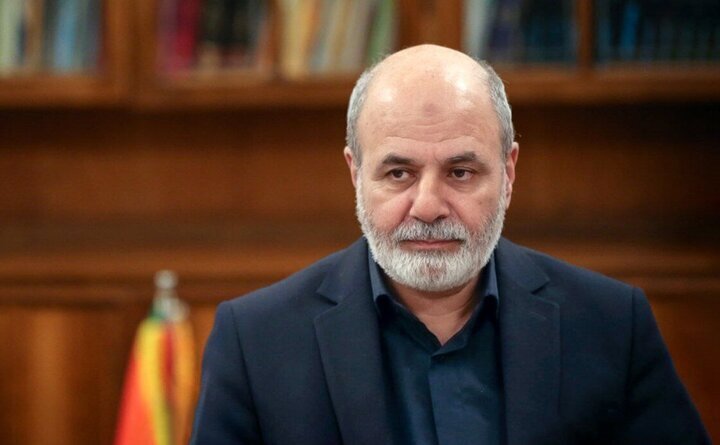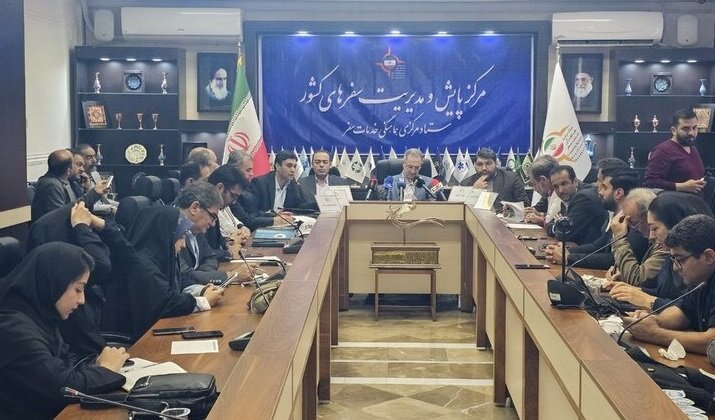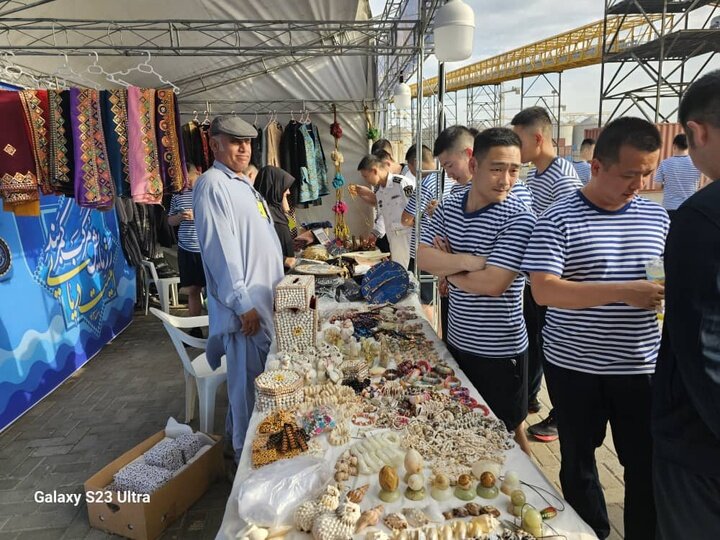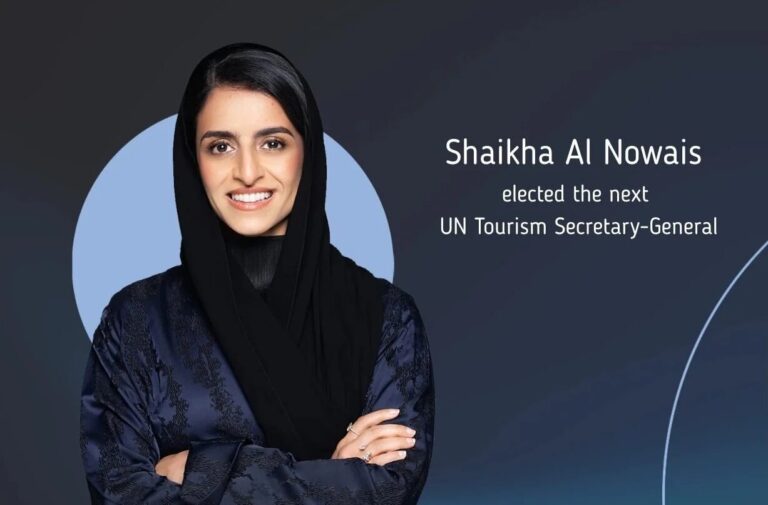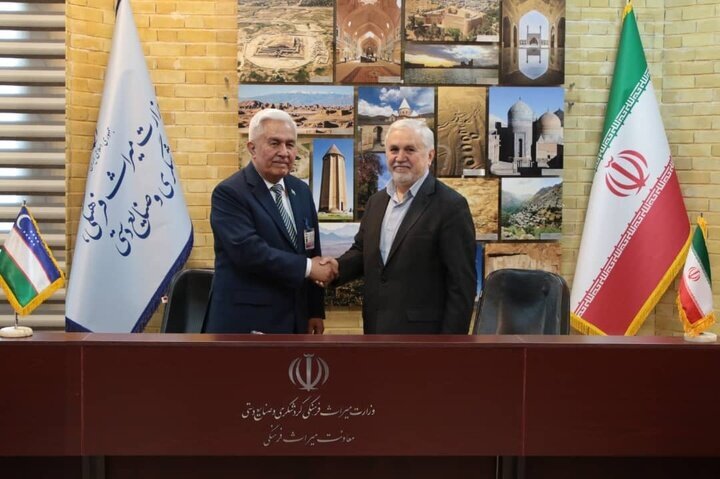Tehran: Leading the Charge in Revolutionary History-Based Archaeology
TEHRAN – The significance of archaeology in the realm of tourism has been emphasized by Ahmad Chaichi-Amirkhiz, a faculty member at the Archaeological Research Institute. He highlights the vital connection between historical archaeology and cultural tourism, aiming to bridge the information gap related to historical texts. As reported by ILNA, this relationship is a crucial yet often overlooked aspect of cultural heritage and archaeology.
Chaichi-Amirkhiz pointed out that effective narration within any field can engage audiences and the specialized community, aligning with the expertise and concepts of that domain. He firmly believes that every sector of the tourism industry can greatly benefit from relevant stories and historical narratives.
“When tourism shifts toward specialized sub-branches, the approach to narration must also become specialized,” he stated. This principle equally applies to historical archaeology and its integration into tourism. He noted that Tehran has made more substantial strides in promoting history-based archaeology in tourism compared to other regions of Iran.
Unfortunately, Tehran has experienced significant losses of its historical monuments in recent years due to urban development. This loss has resulted in a more serious focus on archaeology within the tourism sector. Chaichi-Amirkhiz cited specialized tours in Tehran that incorporate elements of historical archaeology.
He elaborated, stating, “Narrations about historical events can be conveyed without the need for a physical person or object. Archaeologists possess the expertise necessary to curate specialized tours within the tourism industry.”
He further explained that for specific objectives, new tourism routes centered around historical archaeology can be established. “In a province where multiple tours and routes have been defined, these can be combined into specialized tours that appeal to a broader audience,” he added.
Chaichi-Amirkhiz emphasized that archaeological sites serve as museums that, when integrated with established tourism routes, can introduce new opportunities for promoting tourist destinations. This synergy not only enhances the attractiveness of these locations but can also extend the duration of tourist stays.
In addition, he noted the importance of the tourism sector considering these indicators in training programs related to tourist tours. “This specialized training necessitates the creation of dedicated course titles that align with the implementation of these tours and the training in historical archaeology,” he concluded.
Key Insights from Ahmad Chaichi-Amirkhiz:
- The integration of historical archaeology into tourism can fill gaps in historical knowledge.
- Engaging narratives in tourism can attract specialized audiences.
- Tehran is leading in the promotion of history-based archaeology tourism.
- Historical narratives can be shared without physical artifacts, relying on the expertise of archaeologists.
- Combining archaeological sites with tourism routes can enhance visitor experiences.
- Specialized training for tour guides is essential for implementing these educational tours.
Ultimately, the collaboration between archaeology and tourism is essential for enriching cultural experiences and preserving historical narratives. As cities like Tehran navigate modernity and urban development, the role of historical archaeology will become increasingly significant in maintaining a connection to the past while promoting tourism.
By emphasizing the importance of specialized narratives and training within the tourism sector, experts like Chaichi-Amirkhiz are paving the way for a more informed and engaged tourist experience. This not only benefits the local economy but also fosters a deeper appreciation for Iran’s rich historical heritage.
In conclusion, the relationship between historical archaeology and cultural tourism is more crucial than ever. As we explore new ways to integrate these fields, we can create meaningful experiences for tourists while ensuring the preservation of cultural heritage for future generations.
